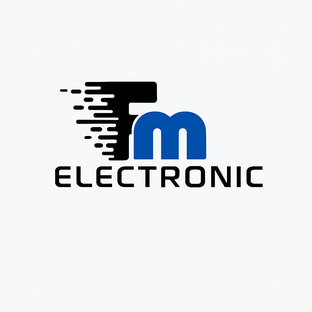Tech Trends in Electronic Components
2/12/20252 min read
The electronics industry is constantly evolving, with new trends shaping the future of components and systems. Innovations in semiconductors, sensors, and power management are driving advancements in various sectors, including consumer electronics, automotive, industrial automation, and IoT. This blog explores some of the key trends in electronic components that are redefining the industry.
1. Miniaturization and High-Performance Components
As technology advances, the demand for smaller, more efficient components increases. Manufacturers are developing ultra-compact semiconductors and passive components that offer enhanced performance without compromising functionality. This trend is particularly evident in smartphones, wearables, and medical devices, where space constraints necessitate high-density integration.
2. Rise of Wide Bandgap Semiconductors
Materials like Gallium Nitride (GaN) and Silicon Carbide (SiC) are revolutionizing power electronics. These wide bandgap semiconductors offer superior efficiency, higher power densities, and improved thermal performance compared to traditional silicon-based components. Their adoption is growing in applications such as electric vehicles (EVs), renewable energy, and high-frequency communication systems.
3. Internet of Things (IoT) and Smart Sensors
IoT applications continue to drive the need for intelligent sensors and wireless connectivity solutions. Advanced sensors with AI-driven data processing capabilities are being integrated into smart home devices, industrial automation, and healthcare monitoring systems. Low-power and energy-efficient components are also essential to ensuring the longevity and reliability of IoT devices.
4. Automotive Electronics and Electrification
The automotive industry is experiencing a major shift toward electric vehicles (EVs) and advanced driver-assistance systems (ADAS). This has led to an increased demand for power semiconductors, high-efficiency batteries, and communication interfaces. Components such as GaN-based power converters, LiDAR sensors, and high-speed microcontrollers are playing a crucial role in the evolution of autonomous and connected vehicles.
5. Advanced Packaging Technologies
To enhance the performance and reliability of electronic components, manufacturers are adopting advanced packaging techniques such as System-in-Package (SiP) and 3D stacking. These innovations enable better heat dissipation, reduced signal interference, and higher integration levels, making them ideal for next-generation computing and networking applications.
6. Sustainable and Eco-Friendly Components
With growing concerns about environmental impact, the electronics industry is shifting towards sustainable manufacturing practices. The development of biodegradable PCBs, energy-efficient chips, and lead-free soldering materials are some of the ways companies are reducing their ecological footprint. Additionally, the adoption of circular economy principles, such as recycling electronic waste, is gaining momentum.
Conclusion
The electronic components industry is undergoing rapid transformation, fueled by technological advancements and market demands. From miniaturization and wide bandgap semiconductors to IoT integration and sustainability, these trends are shaping the future of electronics. Staying ahead of these developments is essential for businesses and engineers looking to leverage cutting-edge innovations in their designs and applications.
Stay tuned for more insights into the ever-evolving world of electronic components!
Components
Your source for rare electronic components and parts.
Quality
Service
info@fmelectronic.com
© 2025. All rights reserved.
